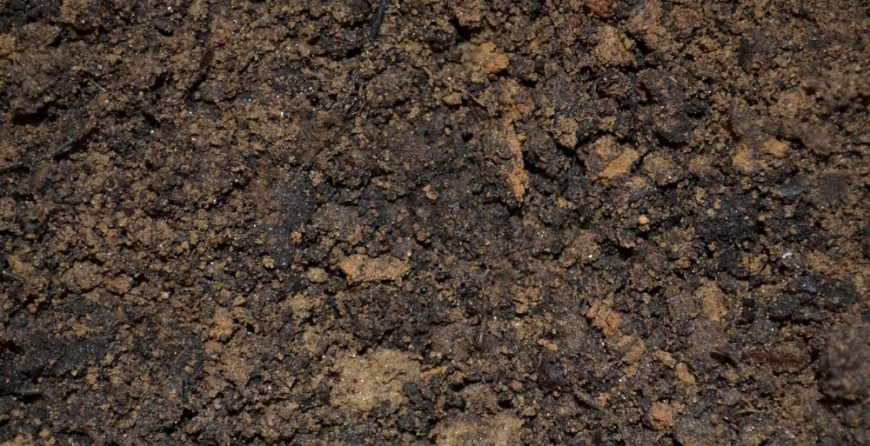Do you know that you can create your own potting soil?
Nowadays, gardeners can find a good brand of potting soil but buying them is not always cheap. Mixing your own blends of potting soil from readily available ingredients gives you the chance to develop a mixture suited specifically to your garden needs. In doing so, you can even personalize the nutrient source for your plants.
Creating your own potting mix is easy. Read on.
#1. Garden Soil
For homemade potting soil, the mixture should include garden soil to add density. Make sure to not use soil with pesticides, chemical fertilizer residues, and other environmental pollutants. Use your garden or farm’s topsoil or the soil from certified organic growers. Solarize the soil first. Cover the pile with a clear plastic sheeting for about four to six weeks to ensure that the weeds possible pathogens and pests are killed.
#2. Compost
Compost is a vital part of a quality homemade potting soil. It contains billions of beneficial microbes and nutrients for your plant. Making a compost yourself is free! Just make sure to fully decompose it and screened into a small consistent size.
#3. Sand
A rough builder’s sand upgrades drainage and adds weight to your mix. It helps in providing physical support for your growing plants.
#4. Sphagnum peat moss
A firm ingredient. Peat needs a long time to break down. It is widely available and inexpensive as well. It expands your mixture without adding excessive weight. It also holds the water excellently.
#5. Coir Fiber
A secondary product from the coconut companies. Coir fiber looks and acts like sphagnum peat. This offers more nutrients than peat moss. And it even lasts longer. But this is costly.
#6. Composted Pine Barks
This can help lighten your soil mixture as it increases the sizes of the pores. It allows the water and air to freely move in the potting soil. This is slow to break down but it can take the nitrogen from the soil as it goes. Additional nitrogen fertilizer is a must when you use composted pine barks in your ingredients. This is often found in mixes used in potted bush and perennials.
#7. Perlite
Perlite is a volcanic rock heated and expanded to become light in weight. Its a sterile addition to your mix. It can hold in water three to four times its weight. It helps improve pore spaces and drainage. Perlite with a neutral ph can be used instead of sand if a lighter mixture is necessary.
#8. Vermiculite
This is a mined material that needs heat conditioning until it expands to light particles. Used to heighten the porosity of soil mixture. This adds calcium and magnesium to your soil and upgrades the water-holding capability. Be cautious in handling vermiculite as it contains asbestos.
#9. Limestone
This is used to adjust the ph level of soil mixtures carrying acidic ingredients like sphagnum peat and composted pine bark.
#10. Fertilizers
Nutrient sources are vital when using soil mixtures that do not consist of compost. You can blend any of the following: alfalfa meal, blood meal, bone meal, cottonseed meal, crab meal, feather meal, fish meal, greensand, kelp meal, dehydrated manures, and rock phosphate. If you don’t have time to mix, you can use Organic Fertilizers. This is a cost-effective and environmentally friendly source of vitamins for your plants.
Potting soil doesn’t have to be costly. Find the right ingredients depending on your needs. Hope these have helped you in your planting!!!
Happy mixing!!!


